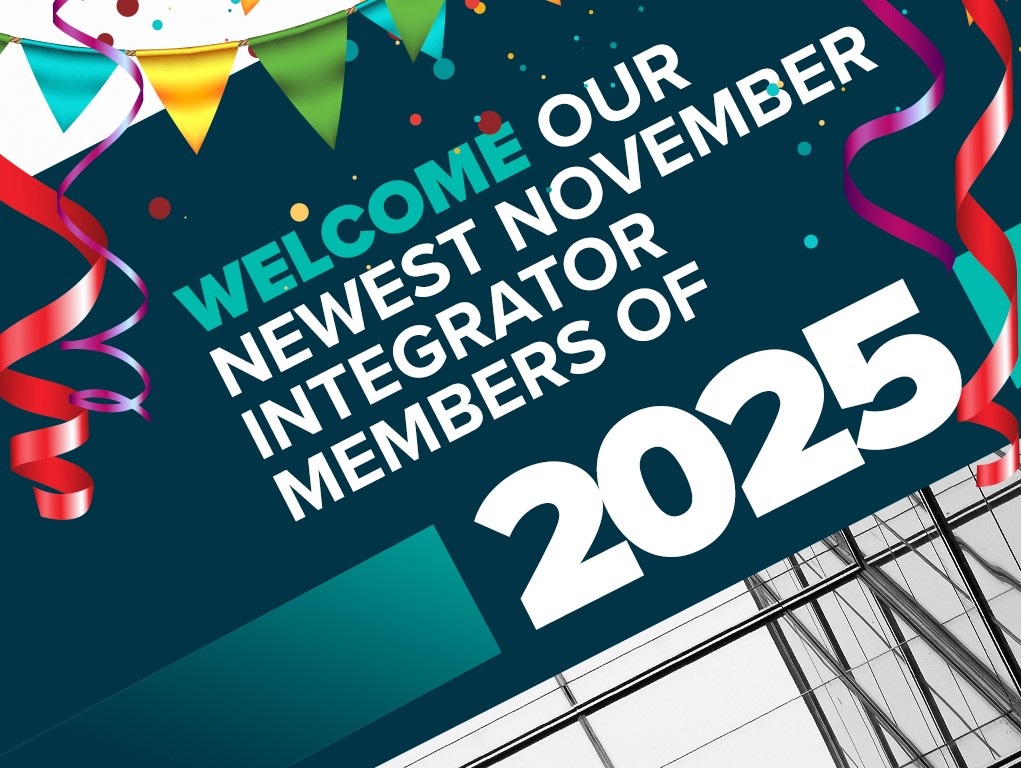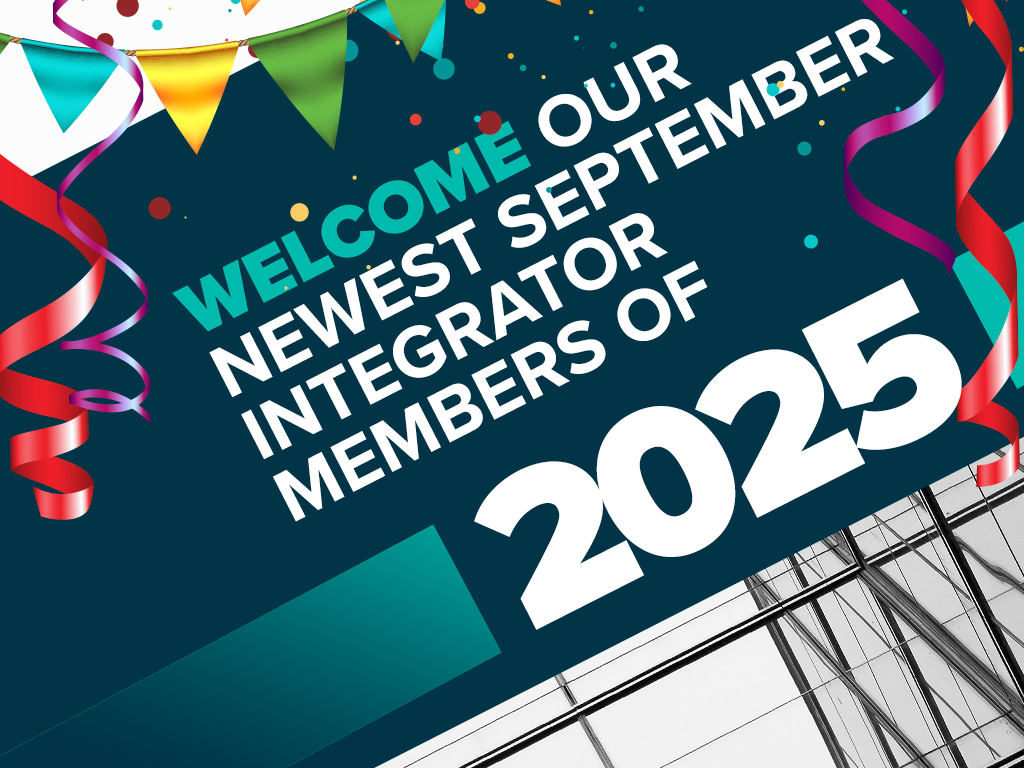Optimize Your Sales Organization

By Gretchen Gordon, Braveheart Sales Performance
Do you have FOMO (Fear of Missing Out)? Well you might if you missed the Leadership Summit in Austin. But to ease your concern, here are the four key takeaways from a session I conducted regarding optimizing your sales organization now and into the future.
First, what do I mean by optimize? The word, as defined by Merriam Webster, is “to make as perfect, effective, or functional as possible.” For a sales organization to be optimized, four components are needed.
1. Goals
The company must have a goal and a vision of where it’s going, and the sales organization must have both near and long-term goals that support that overall company goal and vision.
That seems easy enough. Unfortunately, sometimes important goals, those that can transform the business, get lost in the day-to-day grind of activity. To avoid this, it is essential to implement a quarterly process that identifies just 2 to 3 big goals that will advance the sales organization to new heights. Then have the discipline to follow the process.
There are many smart folks out there that have written books and created leadership programs around this very concept, including Verne Harnish, David Finkel and Gino Wickman. I have adapted the concept specifically for the sales organization.
Each quarter focus on a maximum of three big, organization changing goals. Not the standard goals that address business as usual, rather those items that are big and transformative. Choose one goal that will address your biggest obstacle to sales growth. Pick another goal that will leverage your biggest opportunity for growth. Then your final goal should address a potential threat that could derail growth down the road.
If you can only address two, then address two. Just remember, DO NOT FOCUS ON MORE THAN THREE BIG GOALS.
A worksheet to guide you is available here and was adapted for sales from the book Scale, written by David Finkel and Jeff Hoffman. Another good book is Mastering the Rockefeller Habits by Verne Harnish. Read at least one of these books to fully implement a disciplined approach to quarterly goal attainment.
2. Strategy
Once you know where you need to go, the strategy of how you will get there is as varied as there are people on the planet. Each company, and each sales organization must decide how they will accomplish their goals and the strategy must be driven by these elements:
- Marketplace
- Ideal customer
- Resources (people, capital, other assets)
- Timeline
Generally, where you want to go, and why, are the critical first steps. The strategy of how you will do it should be easier, but you will have to weigh your options.
Just remember, DO NOT FOCUS ON MORE THAN THREE BIG GOALS.
A best practice is to highlight only those strategies that have a high probability of exponential success. Then look at these strategies and determine which ones can be implemented. Next, review them for ease of implementation and then circle back and review them against the four components above. Finally, pick one to start. This could be your first quarterly goal addressing your biggest opportunity for growth. An example would be if you are considering adding DIY. Consider these elements:
What customer will you go after and is that different than your target now?
What different resources will you need (inside sellers for instance; marketing dollars, 24-hour phone support, etc.)?
How long will it take to drive business to receive an adequate ROI?
3. Process
Most companies have some processes, but frequently leave the sales organization to fend for themselves. For instance, it is not unusual for a company to have processes to bill a customer; to onboard a new customer; to install a new system or any other operational function.
However, the sales organization frequently does not apply the same systematized approach to winning business. Sometimes it’s because it is believed that the business is such a relationship driven one that it cannot be systematized. Other times, the belief is that “we are different and unique, and each solution is custom so we can’t have a selling system.”
The truth of the matter is that all aspects of the sales organization can and should be systematized. In fact, following a repeatable selling process (the selling conversations that take place) can improve closing success dramatically. Some say by as much as 15% by doing nothing else.
The sales processes that need systematization include:
- Selling conversation process
- Lead management
- Lead nurturing
- Pipeline management and review
- Action planning and adherence to the plan
- Onboarding of new hires
- Qualifying scorecard for opportunities
- Continuous sales skill development
- Sales coaching
- Conducting sales meetings
There are likely others as well, but you get the idea. Development of any one of these would be a great “quarterly goal” as well.
4. People
Most of my presentation was spent on this section but because I write and blog frequently about the people aspect, I will merely hit the highlights here.
Sales Leaders – World class sales leaders spend 80% of their time on motivating, coaching and accountability. We polled the senior leaders at the presentation and most thought that the appropriate amount of time for sales leaders to spend on these three areas was either 30% or 50%.
A simple way to improve team sales effectiveness is to insure sales managers are spending 80% of their time motivating, coaching and holding their people accountable to appropriate activities. But, let’s be clear, most sales managers need help in developing these skills. In particular, they need the following abilities:
- Beliefs support motivation
- Develops strong relationships
- Takes responsibility
- Doesn’t rescue the salespeople (on a joint call)
- Effective at getting commitments
- Consistently coaches and debriefs
- Beliefs support coaching
- Has a sales process
- Handles joint calls appropriately
- Manages behavior
- Manages the pipeline
We have data on 45,000 sales managers from Objective Management Group and the above list are just a few of the traits that support the Motivating, Coaching and Accountability Competencies. I list these traits because fewer than 50% of the sales managers surveyed possess them. If you want to optimize your sales organization then sales managers and leaders need to be developed too.
Salespeople – Salespeople should be selected to fit the roles that are necessary to achieve the goals you set above, using the strategy you laid out to reach those goals. It’s simple, just not necessarily easy.
As the landscape changes and as your organization changes, different skill sets will certainly be necessary. If you stay true to the overarching goals, then it makes it a bit easier to identify the traits and competencies your sellers need to accomplish those goals.
If you have had a difficult time identifying what you need in your people, this guide may help. Focus on their traits and competencies rather than on how much you like them, their personality or who they know.
Be as objective as possible when considering your people. Are they, or will they afford you an adequate return on your investment in them? Sometimes we let salespeople languish because they have been around the longest or service the biggest customers.
As you consider your goals and strategy, you must take into consideration your capital investment. Be sure to calculate the opportunity cost associated with having a salesperson who is not well suited for a particular role (either now or in the future). Either get them training on the skills they need to be effective (assuming they can change and adapt) or replace them with someone who has the right skills and competencies.
This may sound harsh, but if you truly want to optimize your sales organization you need people with the right competencies to succeed. If you would like to see how yours compare to other security companies use this tool to compare.
How’s It Going?
I wish you the best as you optimize your sales organization with this four-step approach. As you do, let me know how it’s going at ggordon@braveheartsales.com.




